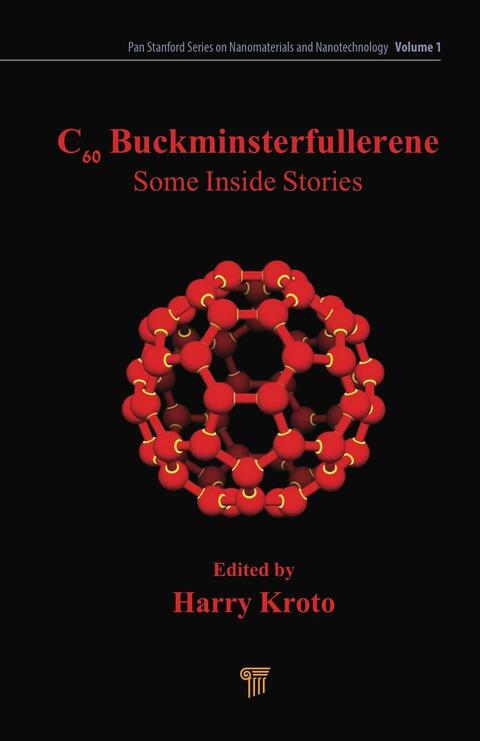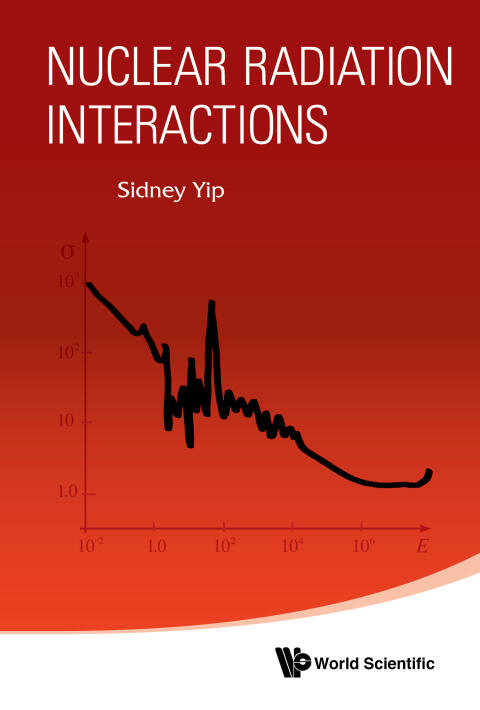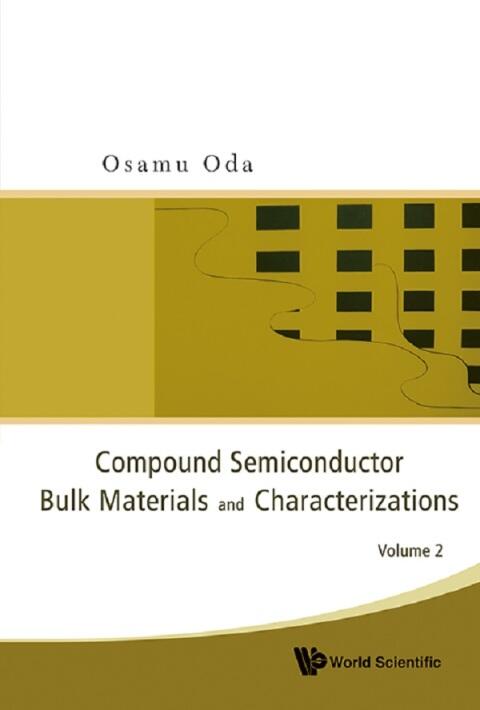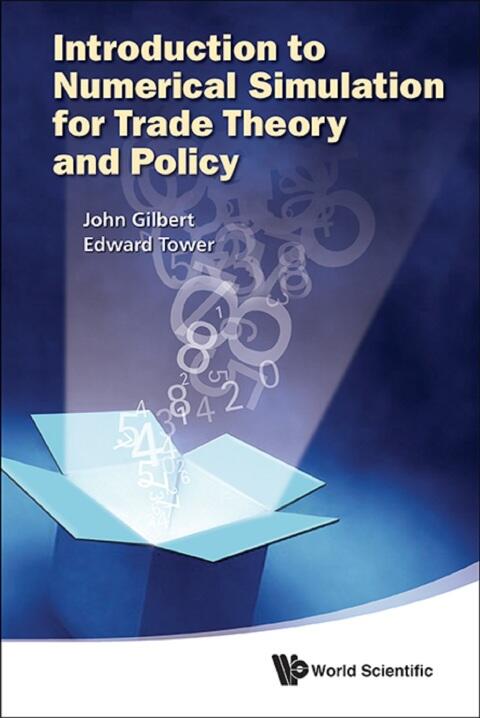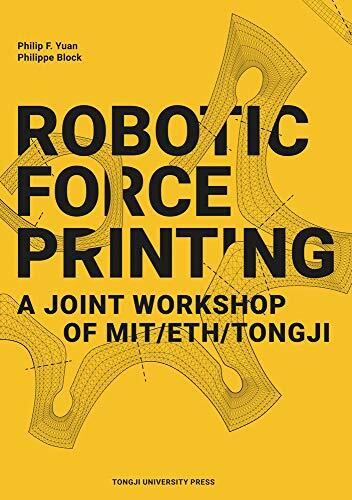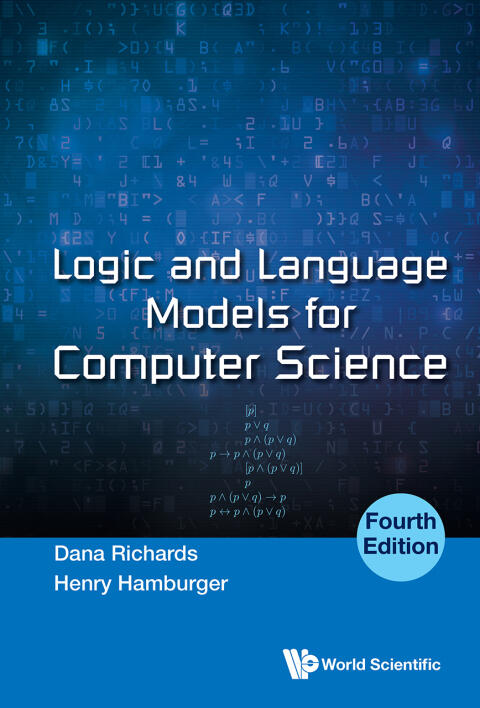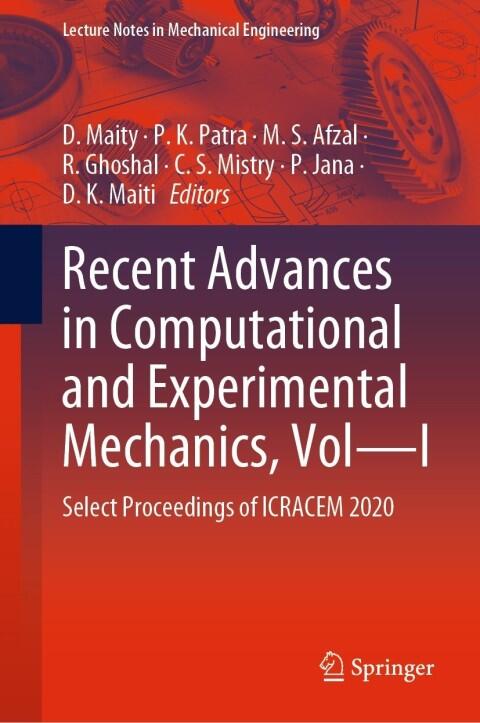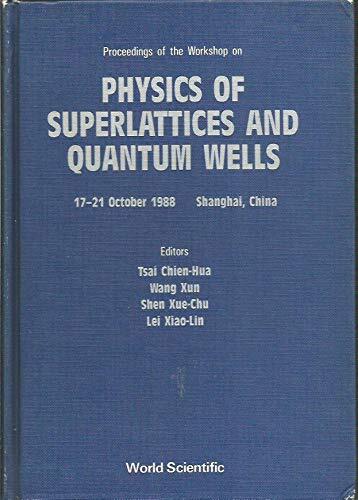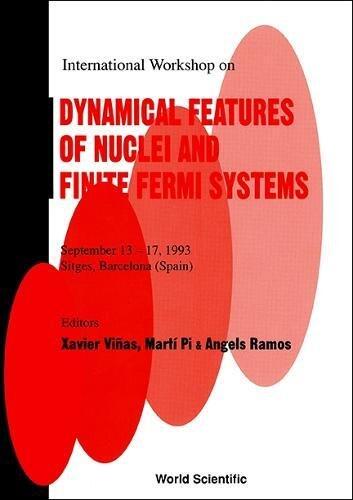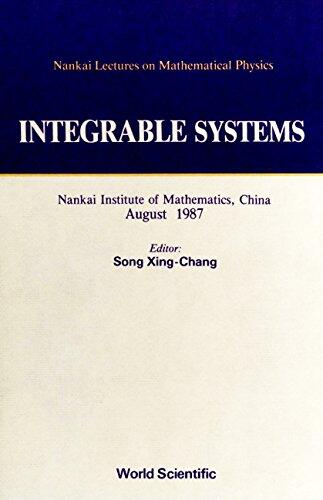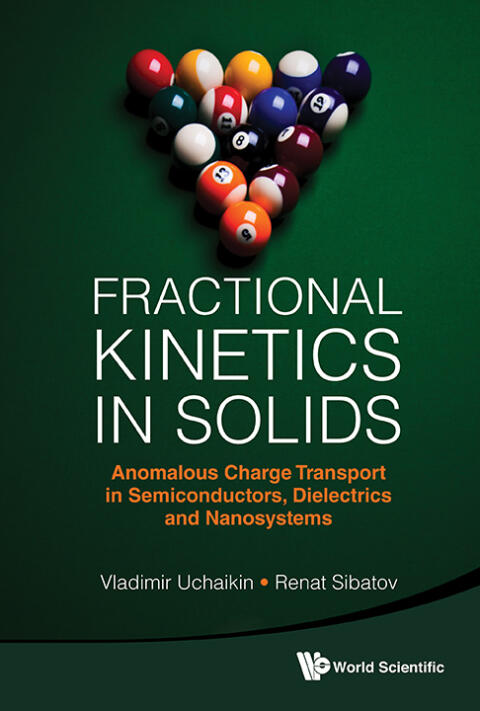
Fractional Kinetics In Solids: Anomalous Charge Transport In Semiconductors, Dielectrics And Nanosystems
によって
Vladimir V Uchaikin
,
Renat T Sibatov
まだ評価がありません
Romance
Science & Technology
形式
キンドル
ページ数
27,600
言語
中国語
公開されました
Jan 1, 2012
出版社
World Scientific
版
3
ISBN-10
9814449601
ISBN-13
9789814449601
説明
The work delves into the complexities of charge transport in various solid materials, throwing light on the inadequacies of traditional models like the Boltzmann equation in explaining certain non-equilibrium phenomena. The authors examine the peculiar behaviors observed in semiconductors, dielectrics, and nanosystems, providing insights into their fractional kinetics. This approach enables a deeper understanding of the anomalies presented in these materials, presenting an alternative framework for researchers and professionals in the field.
Uchaikin and Sibatov intricately explore the implications of fractional kinetics, offering a refreshing perspective on how these models can be applied to real-world scenarios. By addressing the limitations of the Markovian transport model, they pave the way for more nuanced interpretations of charge dynamics. The text is rich with theoretical discussions and practical examples, making it a valuable resource for those pushing the boundaries of materials science and engineering.
Through a comprehensive examination of charge transport processes, the authors contribute significantly to the understanding of material behavior under various conditions, encouraging further exploration and innovation in semiconductor technology, dielectric applications, and nanotechnology advancements. Their findings stand as an essential guide for researchers aiming to unravel the intricate mechanisms governing charge transport in solids.
Uchaikin and Sibatov intricately explore the implications of fractional kinetics, offering a refreshing perspective on how these models can be applied to real-world scenarios. By addressing the limitations of the Markovian transport model, they pave the way for more nuanced interpretations of charge dynamics. The text is rich with theoretical discussions and practical examples, making it a valuable resource for those pushing the boundaries of materials science and engineering.
Through a comprehensive examination of charge transport processes, the authors contribute significantly to the understanding of material behavior under various conditions, encouraging further exploration and innovation in semiconductor technology, dielectric applications, and nanotechnology advancements. Their findings stand as an essential guide for researchers aiming to unravel the intricate mechanisms governing charge transport in solids.




